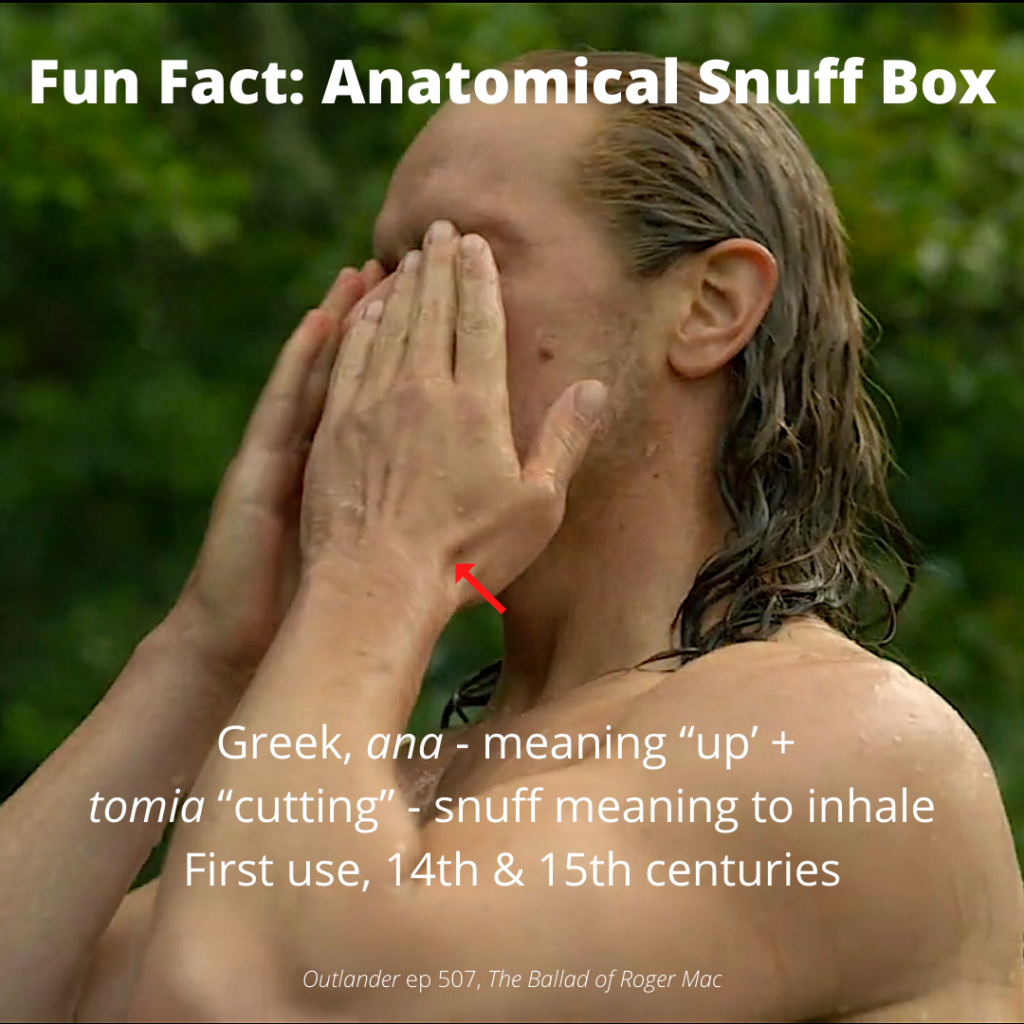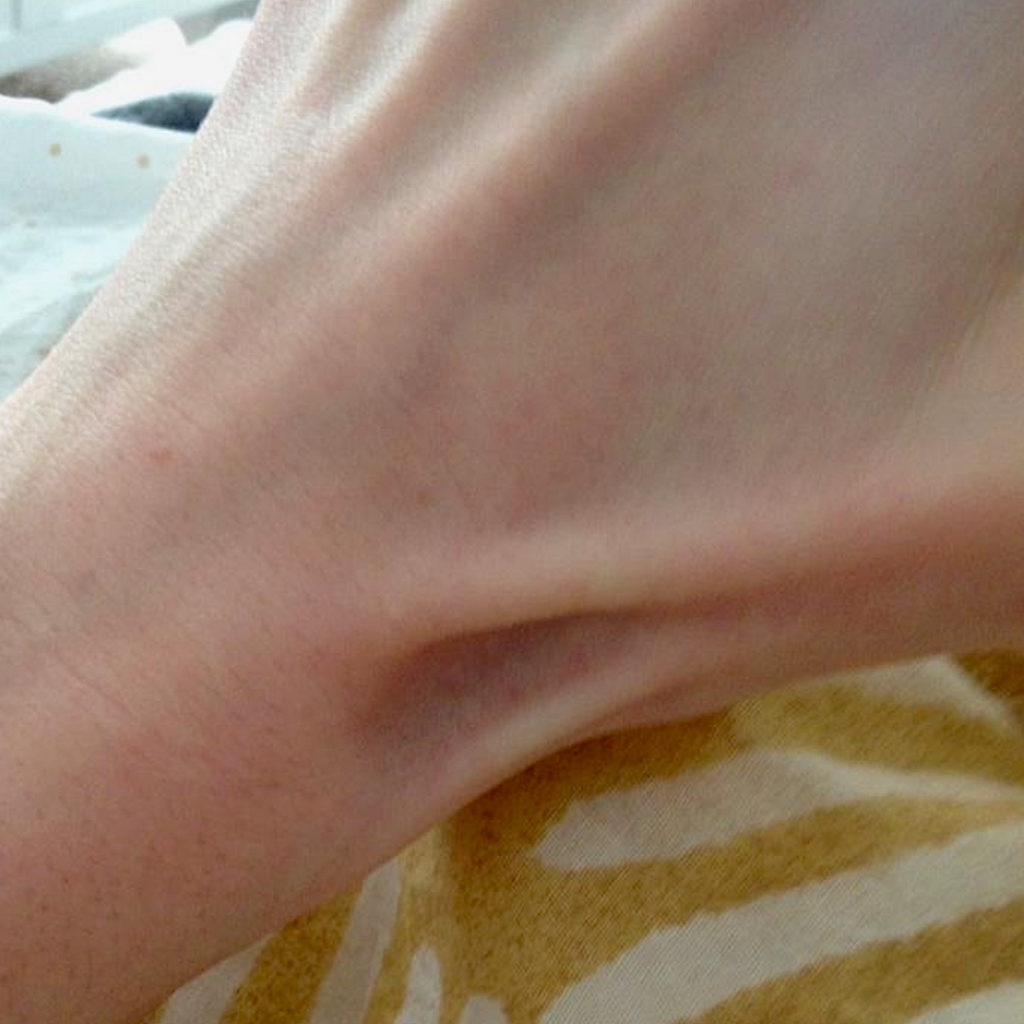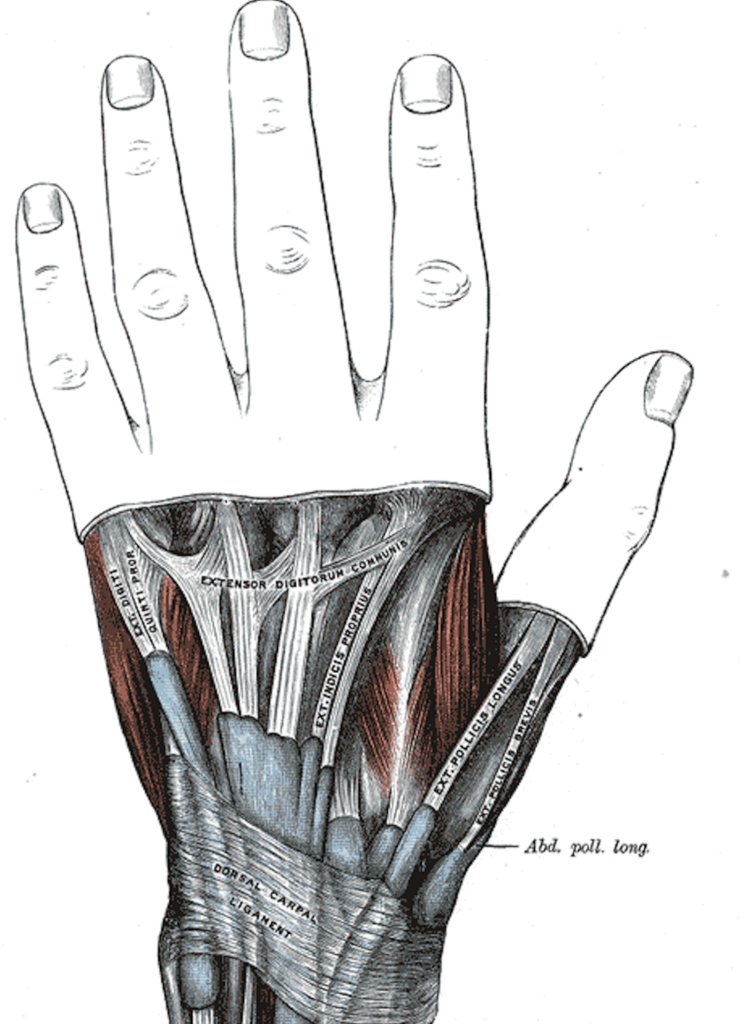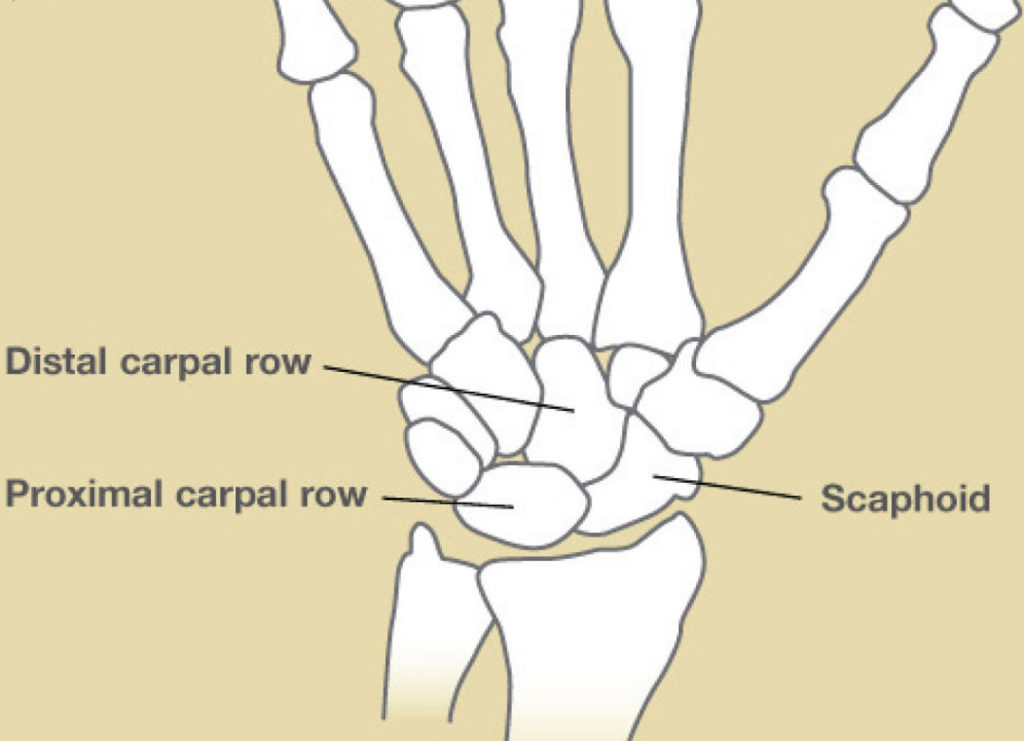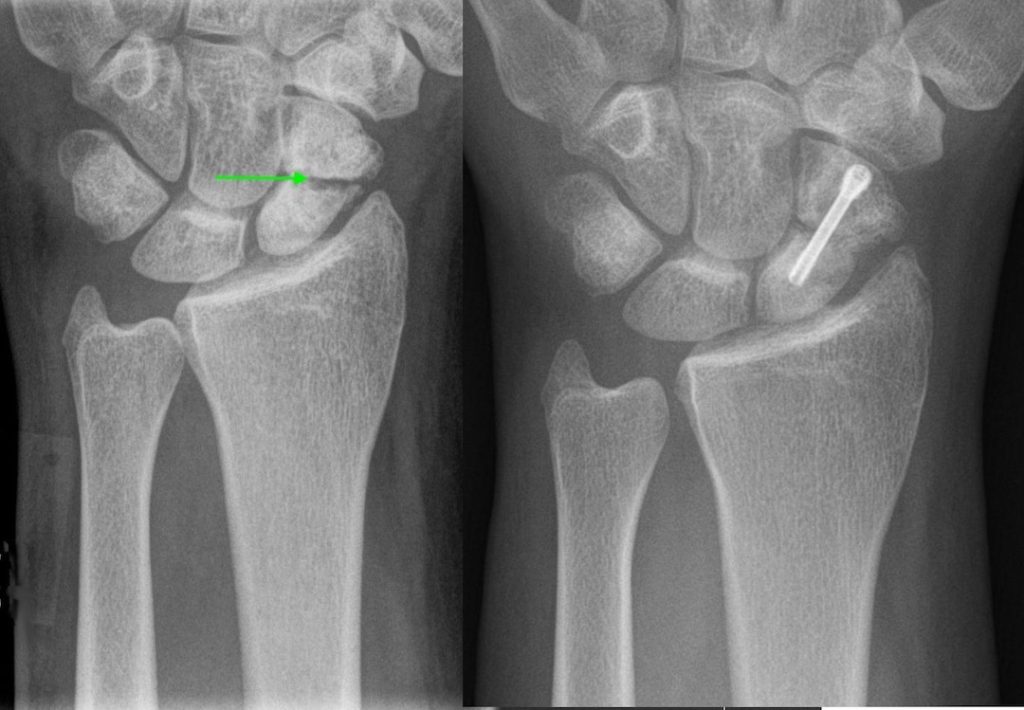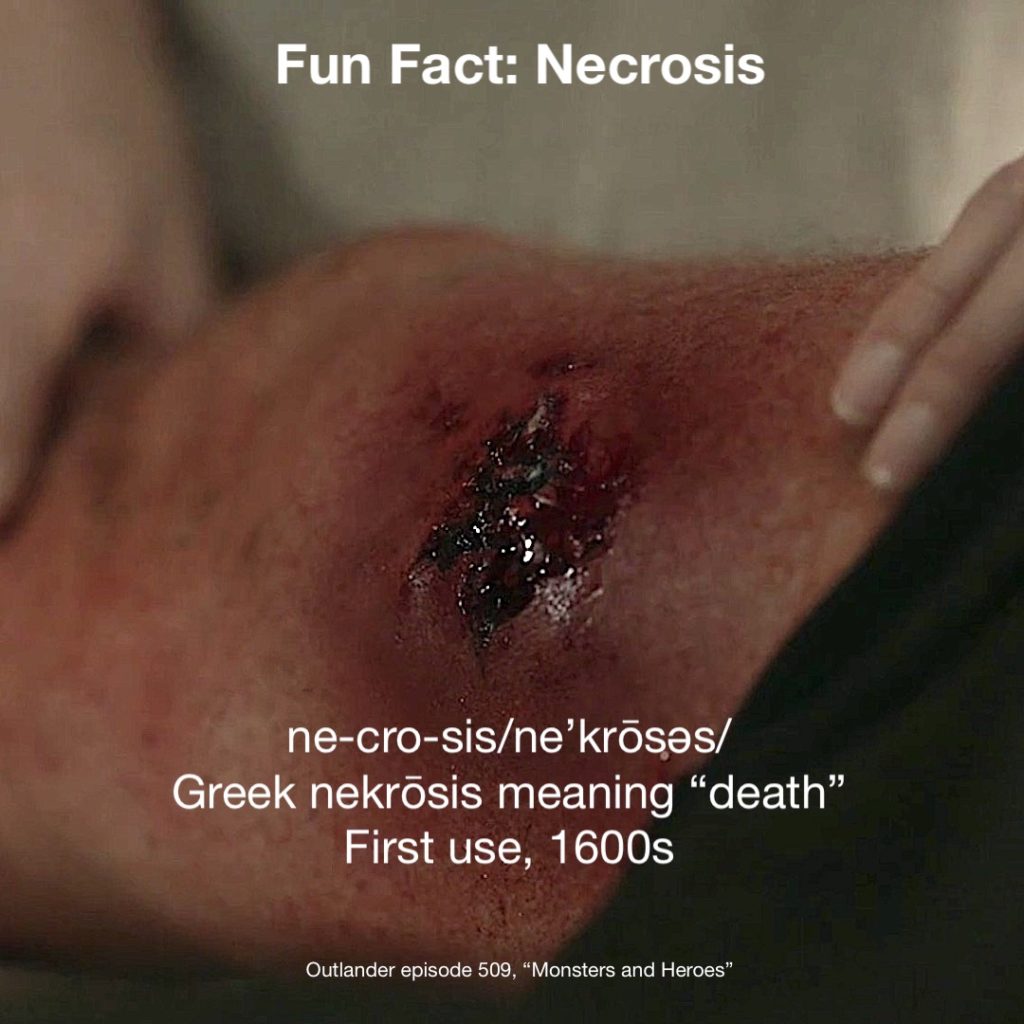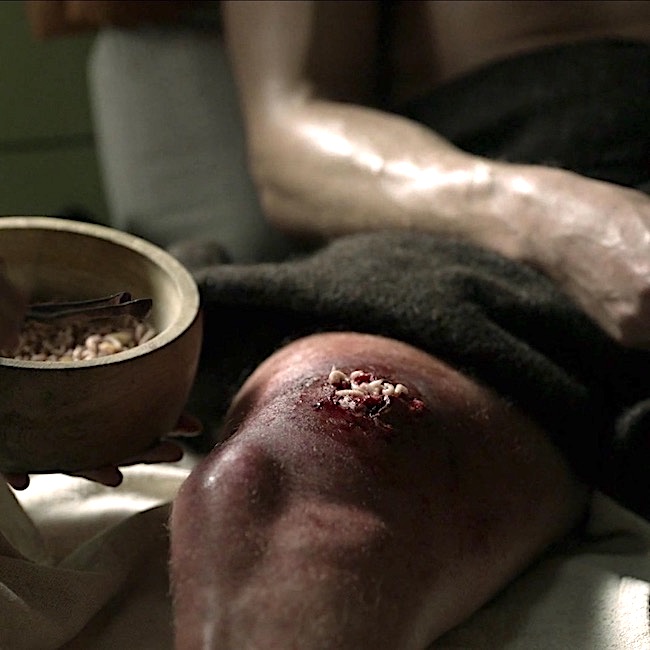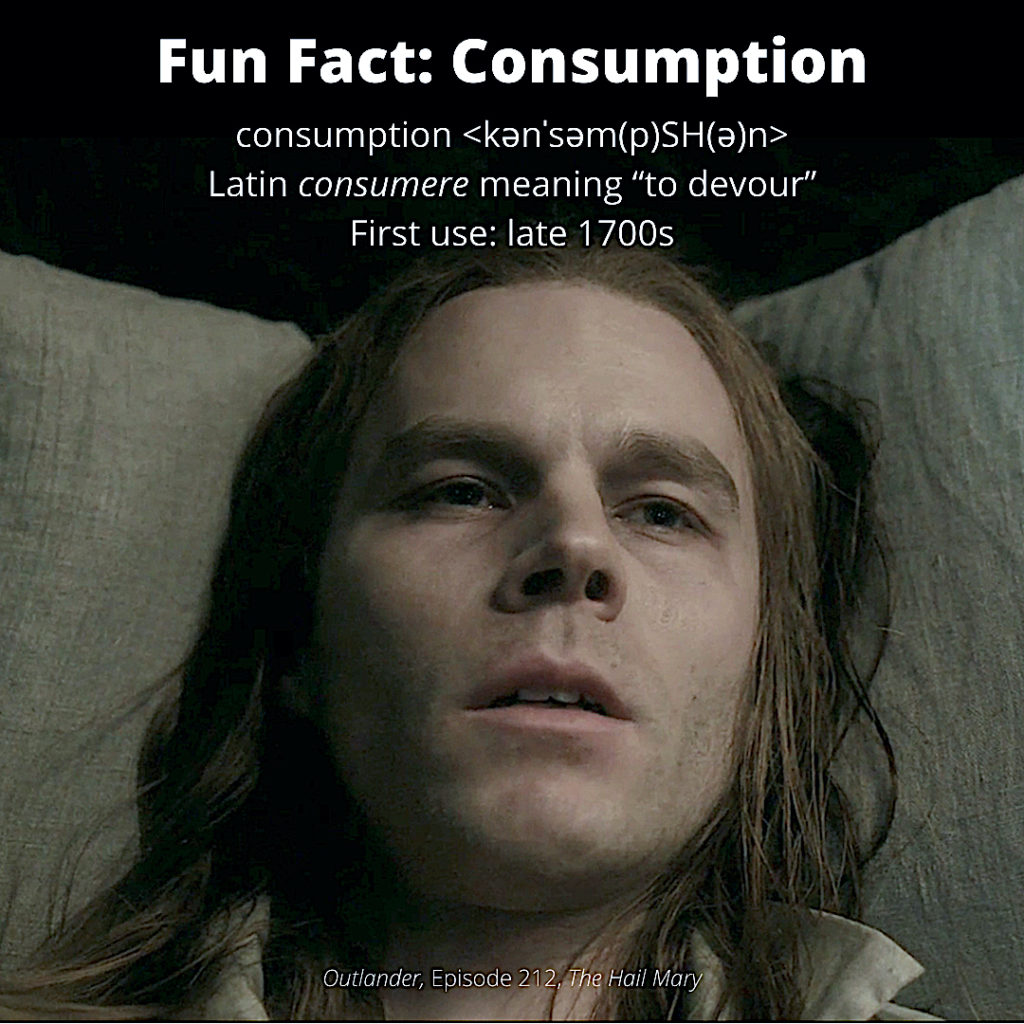
Anatomy Def: Consumption is a progressive wasting away of the body, particularly from pulmonary tuberculosis.
Outlander Def: Sad demise of Mary Hawkins true love, Alexander Randall; age 30 – brother of Captain Black Jack Randall!
History: Back in the 1700s, the disease now recognized as tuberculosis was identified by the odd term, consumption. It was named consumption because the disease literally consumed the sufferer; health was ravaged, tissues lost (weight loss), and the patient wasted away. This disease was so widespread and feared that it was depicted in many novels, operas, and paintings, such as “The Sick Child,” (1885-86) by Edvard Munch.
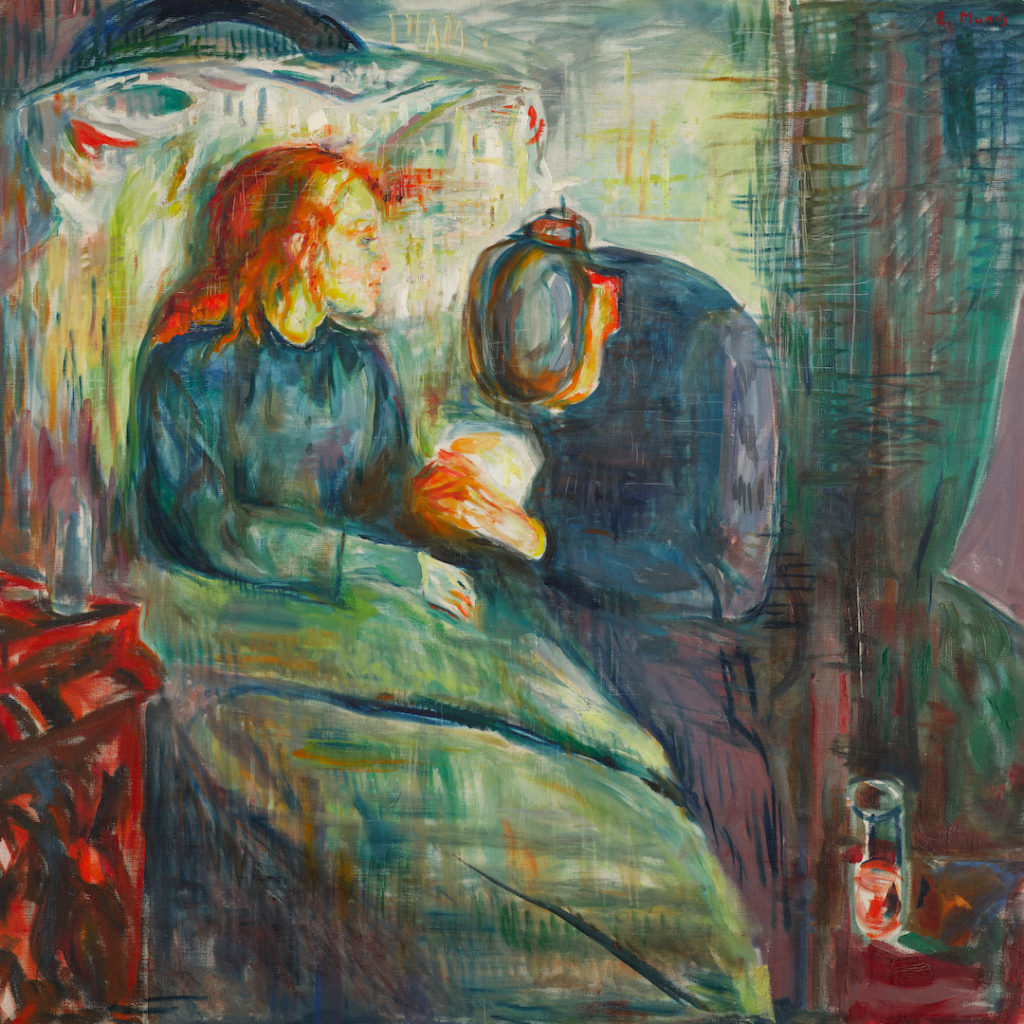
Types: The word consumption now has several meanings but all refer to the using of resources:
-
- Conspicuous = consumerism (😉, 😉)
- Economic = use of goods and services by households
- Sociological = resource use at the national level
- Tuberculosis = TB!
Pandemic: We may think that COVID-19 is the only current pandemic, but this is not so. Humanity suffers from another, much older pandemic: tuberculosis. Yep, tuberculosis is a global disease, found in every country in the world! It is also the leading cause of infectious deaths worldwide. The WHO estimates that about 1.8 billion people are infected with TB, almost 1/4 of the world’s population! And, TB has been a scourge for thousands of years as signs of tuberculosis have been found in Egyptian mummies dating to 3000-2400 BCE.
What’s in a Name? OK, consumption is now called tuberculosis. So, what does this word mean? Tuberculosis is Latin for tuberculum (tubercle) + -osis (condition). Ergo, tuberculosis is the condition of having tubercles.
TB produces tubercles (rounded) growths in tissues, especially the lungs. This a bit gross, but over time, the centers of such nodules undergo cell death, a term known as caseous necrosis because to the naked eye, the areas resemble white creamy cheese! 🤢
Lung x-rays of advanced pulmonary TB typically show large “holes” surrounded by a white border (see arrow in image below). These are clusters of tubercles (white rim) with caseous necrosis in the center (the hole).
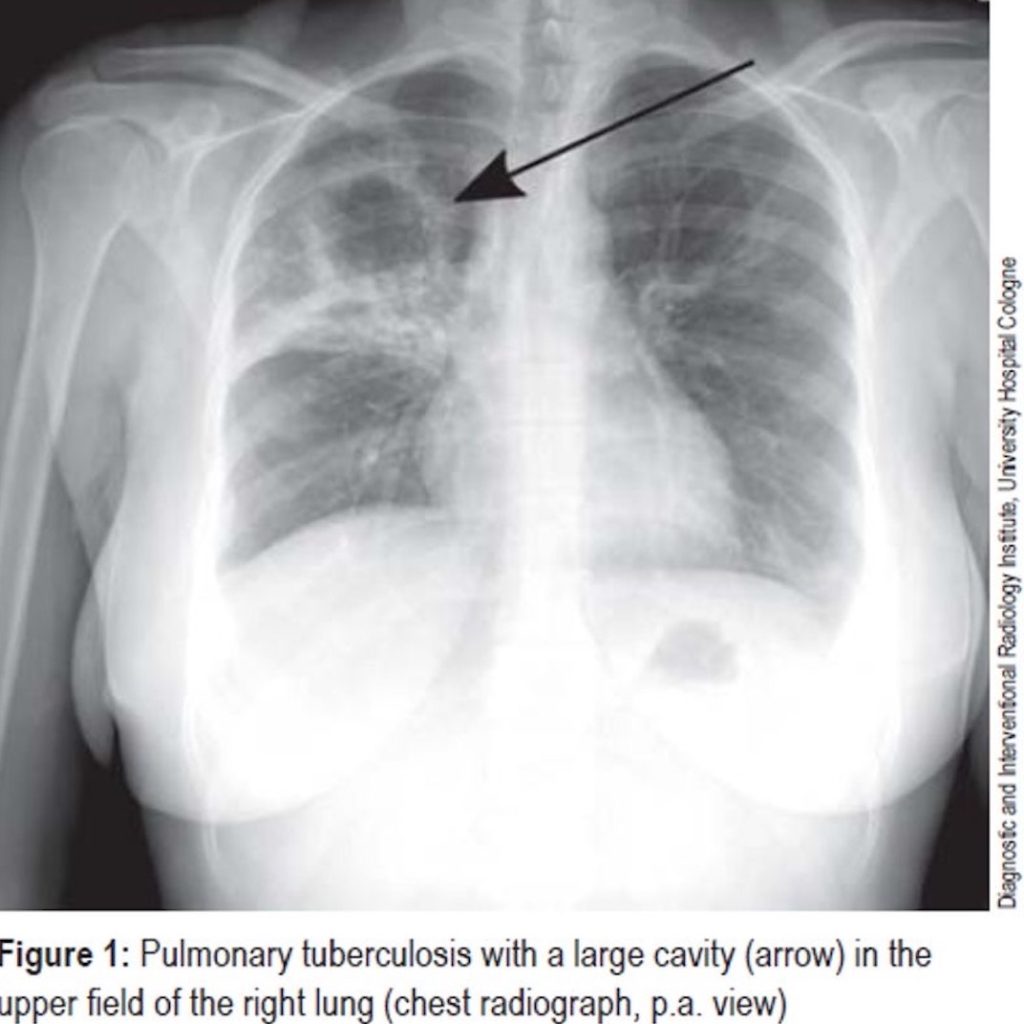
Cause: TB occurs if the body is successfully invaded by a bacterium known as Mycobacterium tuberculosis (M.tb). But, M.tb isn’t the only culprit as four other species of Mycobacterium also cause TB, including one which survives in un-pasteurized milk! Moo…🐄
Body Distribution: Without question, TB is a ghastly disease that can attack any tissue of the body. Pulmonary TB harbors in the lungs; extra-pulmonary TB invades other body parts, including heart, lymph nodes, bone and joints, pancreas, gastrointestinal tract, and brain/spinal cord, to name a few. Although about 90% of TB settles in the lungs, some poor victims suffer both pulmonary and extra-pulmonary disease! 😲
TB Symptoms:
-
- Chest pain
- Poor appetite
- Night sweats
- Weakness
- Fever
- Gastrointestinal symptoms
- Coughing spells
- Clubbing of the nails
As if this isn’t enough, TB may become dormant in a patient only to return with a vengeance causing prolonged cough with mucus and, eventually, blood if the tubercles erode through pulmonary blood vessels. 😳
Spread: TB is a disease to be feared and respected! When people with active pulmonary TB cough, sneeze, speak, yell, sing, or spit, they expel tiny infectious aerosol droplets. A single sneeze may release up to 40,000 such droplets, each one capable of transmitting disease. Especially horrifying, inhaling fewer than 10 M.tb particles is sufficient to infect a new host! 😲
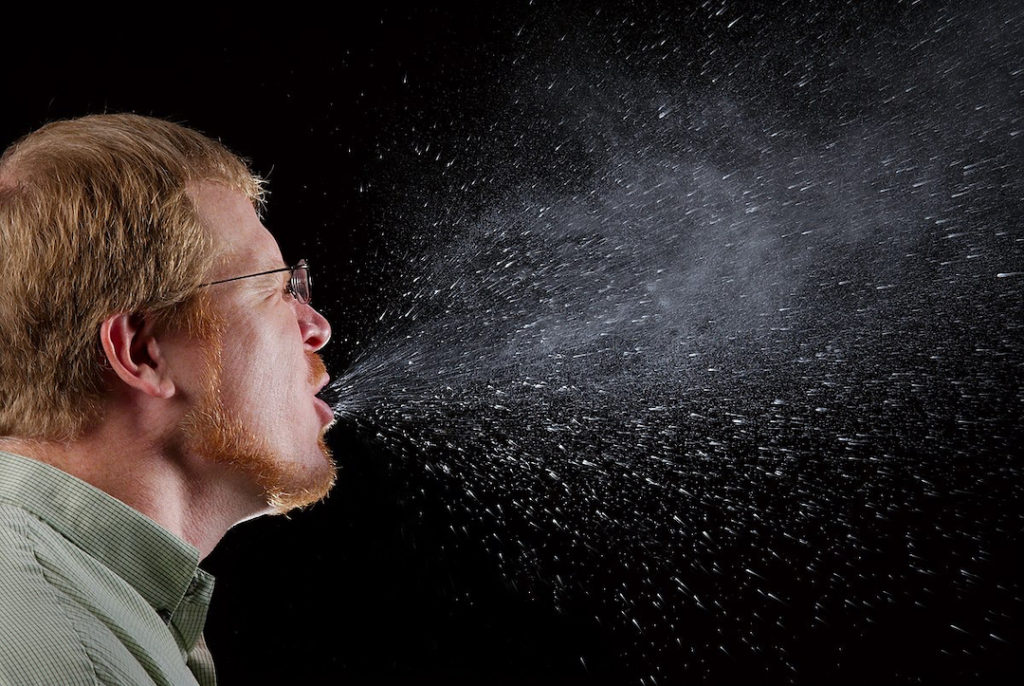
There are other risk factors besides proximity. Here are a few:
-
- Alcoholism
- Diabetes mellitus
- Silicosis
- Tobacco smoking
- Indoor air pollution
- Malnutrition
- Youth
- Recreational drug use
- Severe kidney disease
- Low body weight
- Organ transplant
- Head and neck cancers
- Genetic susceptibility (poorly understood)
What about Claire? Do I worry about Claire’s contact with Alex? Not so much because her contact with him was minimal. Mary, most assuredly, would be at risk for contracting TB since she spent much time with Alex in his final weeks and carried his unborn child.
Treatment: Today, a number of drugs are used to treat active TB, including isoniazid, ethambutol, and rifampin. Alarmingly, there is also growing resistance of M.tb to treatment regimens – more than a half million drug-resistant cases of TB were identified in 2020.
In Outlander, episode 212, The Hail Mary, Claire cannot cure Alex, but she does offer palliative therapy using thorn-apple smoke as she did with Ned Gowan in Outlander, episode 105, Rent. (Note: Ned suffered from asthma, not TB). During prolonged coughing, airways undergo spasm making it difficult for the sufferer to breathe.
Thorn-apple smoke allayed the cough by relaxing the airways (bronchi) and quieting the patient. Surprisingly, thorn-apple is considered a better cough-remedy than opium, but must be used with extreme caution, as it is a strong narcotic poison! ☠️
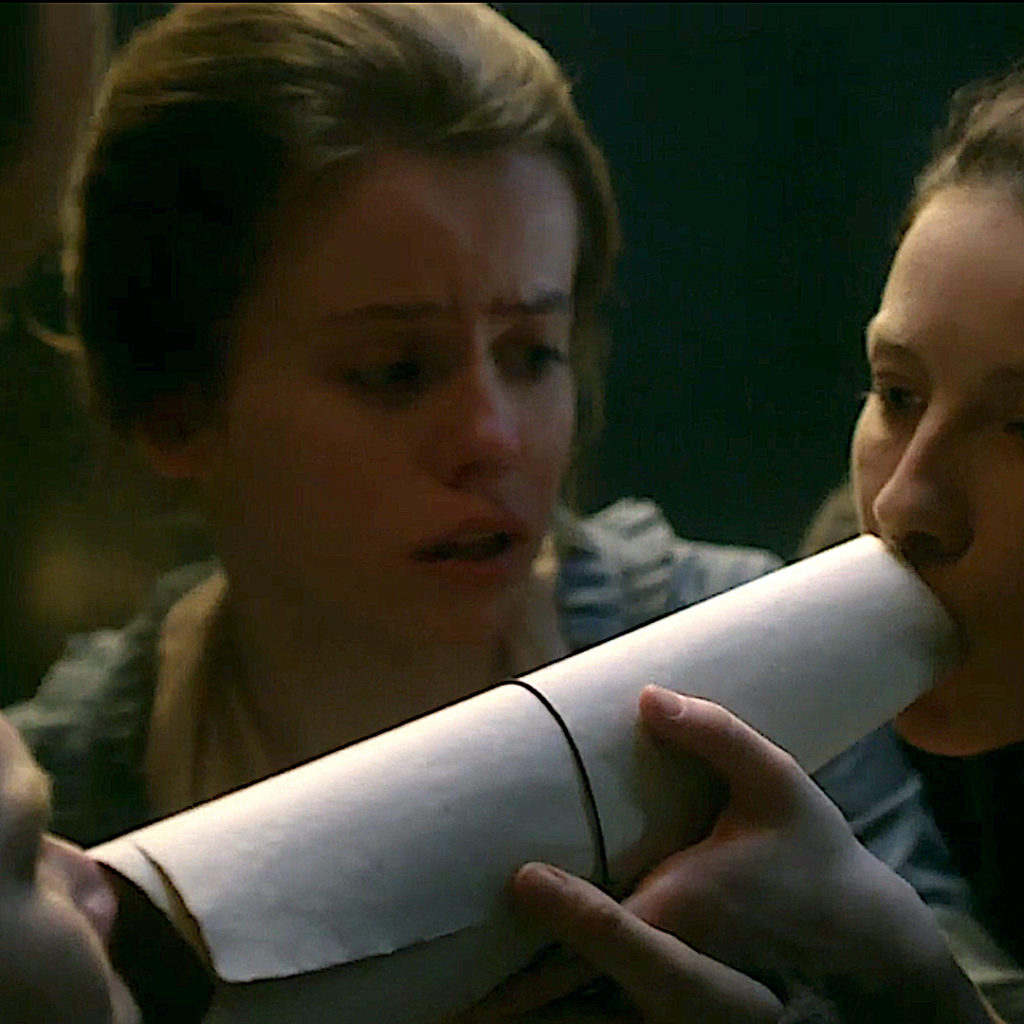
Read about Alex’s consumption (and congestive heart failure) in Diana’s second big book, Dragonfly in Amber (chapter 39):
The man who lay on the mattress had thrown off the quilts, over-heated by the effort of coughing, I assumed. He was quite red in the face, and the force of his coughing shook the bed frame, sturdy as it was.
…The coughing gradually eased, and Alexander Randall’s flushed countenance faded to a pasty white. His lips were slightly blue, and his chest labored as he fought to recover his breath.
I glanced around the room, but didn’t see anything suitable to my purpose. I opened my medical kit and drew out a stiff sheet of parchment. It was a trifle frayed at the edges, but would still serve. I sat down on the edge of the bed, smiling as reassuringly at Alexander as I could manage.
“It was … kind of you … to come,” he said, struggling not to cough between words.
“You’ll be better in a moment,” I said. “Don’t talk, and don’t fight the cough. I’ll need to hear it.”
His shirt was unfastened already; I spread it apart to expose a shockingly sunken chest. It was nearly visible from abdomen to clavicle. He had always been thin, but the last year’s illness had left him emaciated.
I rolled the parchment into a tube and placed one end against his chest, my ear against the other. It was a crude stethoscope, but amazingly effective.
I listened at various spots, instructing him to breathe deeply. I didn’t need to tell him to cough, poor boy.
…What is it?” His dark hair was disordered by the coughing; trying to restrain the feelings it roused in me, I smoothed it for him. I didn’t want to tell him, but he clearly knew already.
“You have got catarrh. You also have tuberculosis—consumption.”
“And?”
“And congestive heart failure,” I said, meeting his eyes straight on. “Ah. I thought … something of the kind. It flutters in my chest sometimes … like a very small bird.” He laid a hand lightly over his heart.
I couldn’t bear the look of his chest, heaving under its impossible burden, and I gently closed his shirt and fastened the tie at the neck. One long, white hand grasped mine.
“How long?” he said. His tone was light, almost unconcerned, displaying no more than a mild curiosity.
“I don’t know,” I said. “That’s the truth. I don’t know.”
“But not long,” he said, with certainty.
“No. Not long. Months perhaps, but almost surely less than a year.”
“Can you … stop the coughing?” I reached for my kit. “Yes. I can help it, at least. And the heart palpitations; I can make you a digitalin extract that will help.” I found the small packet of dried foxglove leaves; it would take a little time to brew them.”
BTW, Alex’s congestive heart failure could be the result of extra-pulmonary TB or some other unidentified cause.
See Alex slow demise and decline played to perfection by actor, Laurence Dobiesz, in Outlander episode 212, The Hail Mary. Puir lad! 😢
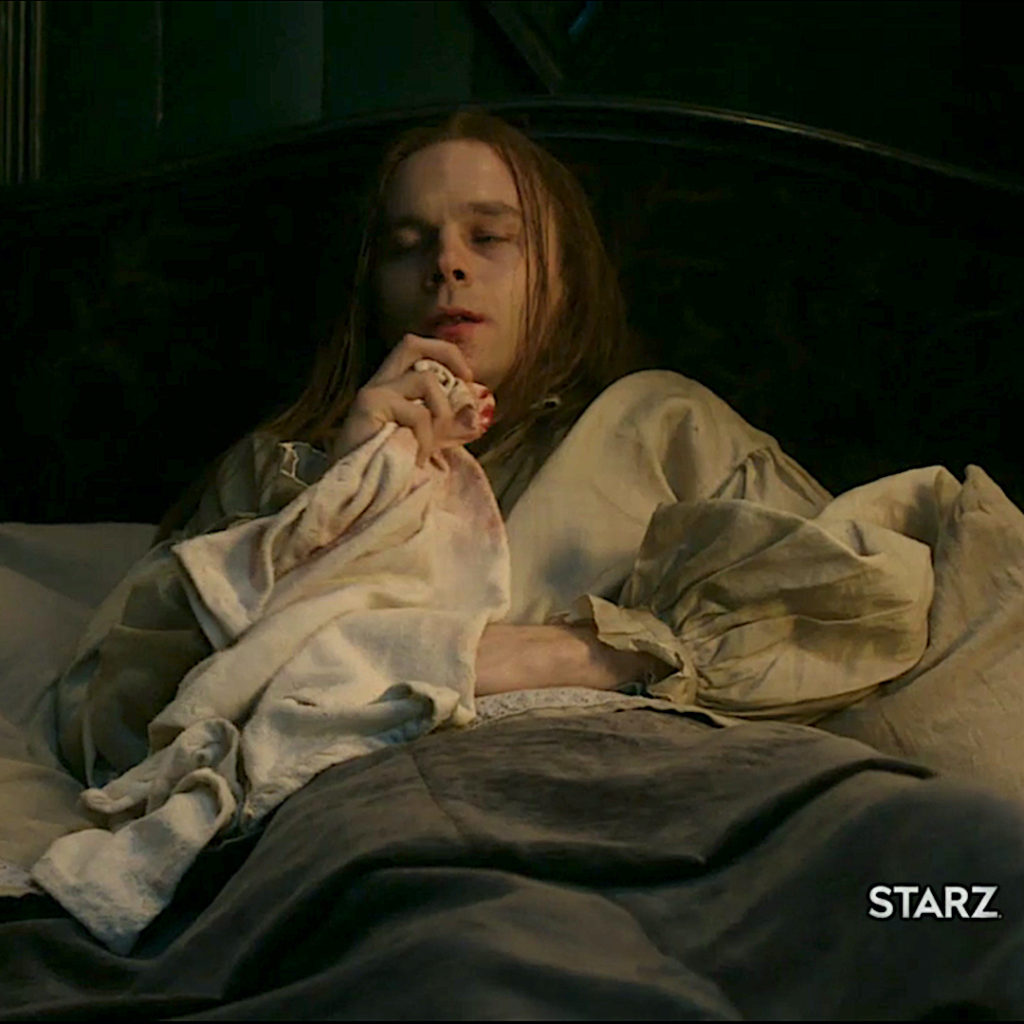
The deeply grateful,
Outlander Anatomist
Follow me on:
-
- Twitter: @OutLandAnatomy
- Facebook: OutlandishAnatomyLessons
- Instagram: @outlanderanatomy
- Tumblr: @outlanderanatomy
- Youtube: Outlander Anatomy
Photo Credits: Sony/Starz; www.aerzteblatt.de; www.infectioncontroltoday.com; www.munchmuseet.no; www.wikipedia.com

